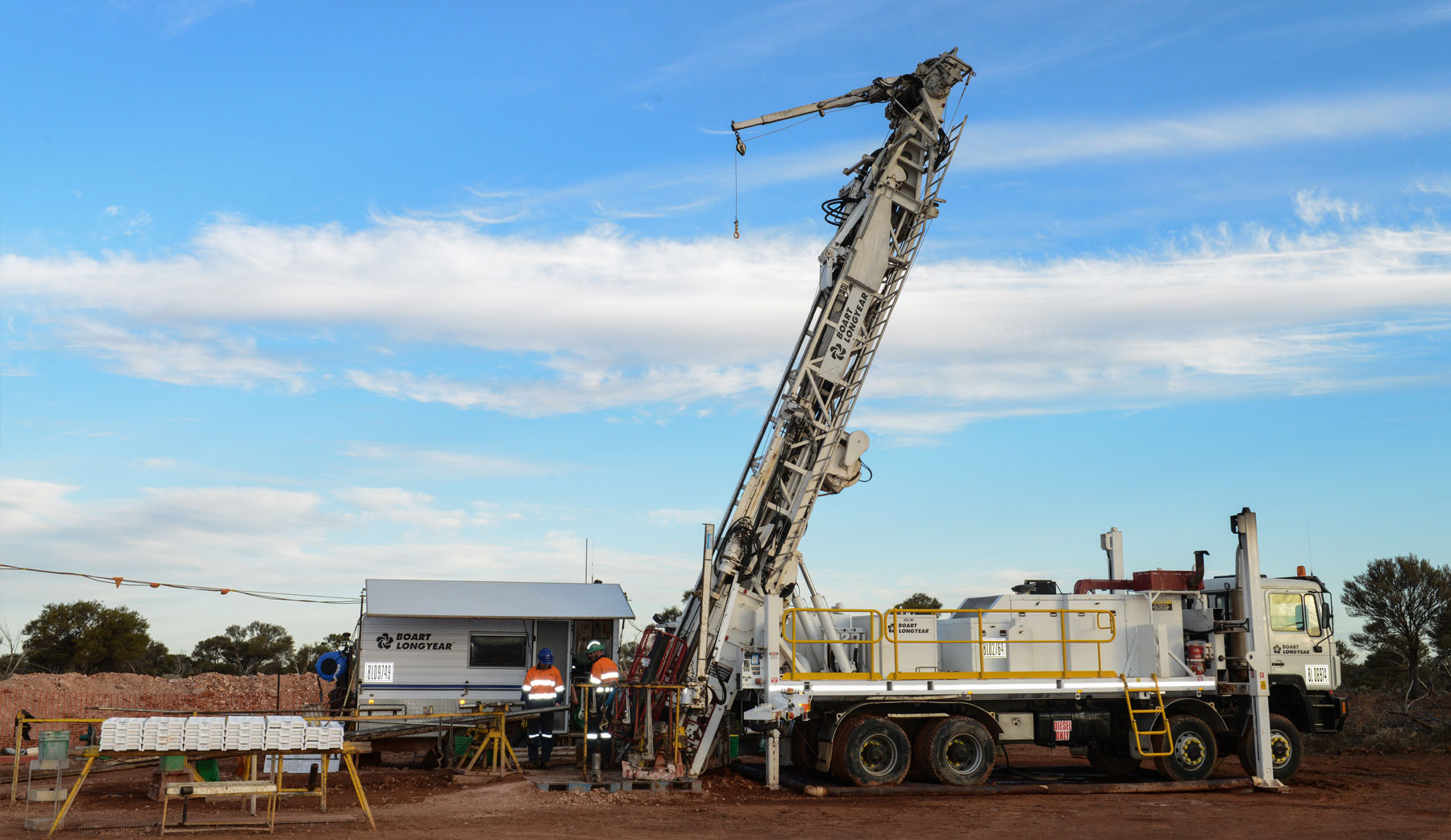
The future is the real-time integration of the drilling and logging-while-drilling (LWD) data with geosteering and the earth model. Furthermore, recently developed geosteering systems and RSSs allow more-complex directional-well trajectories that are designed to drain more of the reservoir. Modern computer technologies, such as 3D visualization and 3D earth models, have provided geoscientists and engineers with integrated and interactive tools to create, visualize, and optimize well paths through reservoir targets, as shown in Fig. Today, most directional-well planning is done on the computer. The major types of directional wells are:
#Directional drilling technology install
Directional control is extremely exacting for this type of application.ĭirectional drilling is employed extensively for placing pipelines that cross beneath rivers, and has even been used by telecommunication companies to install fiber-optic cables.Ī directional well can be divided into three main sections:ĭifferent factors are involved at each stage within the overall constraints of optimum reservoir penetration. Mud and water are then pumped into the relief well to kill the wild one. Drilling a vertical well through a salt dome increases the possibility of drilling problems, such as washouts, lost circulation, and corrosion.Īn uncontrolled (wild) well is intersected near its source. Producing formations can be found under the hard, overhanging cap of salt domes. Formation pressures along fault planes may also affect hole conditions. In unstable areas, a wellbore drilled through a fault zone could be at risk because of the possibility of slippage or movement along the fault. Instead, the wellbore may be deflected perpendicular or parallel to the fault for better production. It is often difficult to drill a vertical well through a steeply inclined fault plane to reach an underlying hydrocarbon-bearing formation. Oriented sidetrack is required if a certain direction is critical in locating an anticipated producing formation. Drilling around obstructions, such as a lost string of pipe, is usually accomplished with a blind sidetrack. This technique may be employed either to drill around obstructions or to reposition the bottom of the wellbore for geological reasons. This is also applicable to multiple production zones adjacent to a fault plane or beneath a salt dome.

There are certain cases in which the attitudes (bed dips) of the producing formations are such that the most economical approach is a directional well for a multiple completion. Applications like this are where “extended-reach” wells are most commonly drilled.Ī very cost-effective way of delivering high production rates involves intersecting multiple targets with a single wellbore. The location of a producing formation dictates the remote rig location and directional-well profile. Directional drilling has helped by greatly reducing the costs and environmental impact of this application.Ī well is directionally drilled to reach a producing zone that is otherwise inaccessible with normal vertical-drilling practices.

Listed are some of the major applications of directional drillingįield developments, particularly offshore and in the Arctic, involve drilling an optimum number of wells from a single platform or artificial island. 1.1 Multiple wells from a single location.


 0 kommentar(er)
0 kommentar(er)
